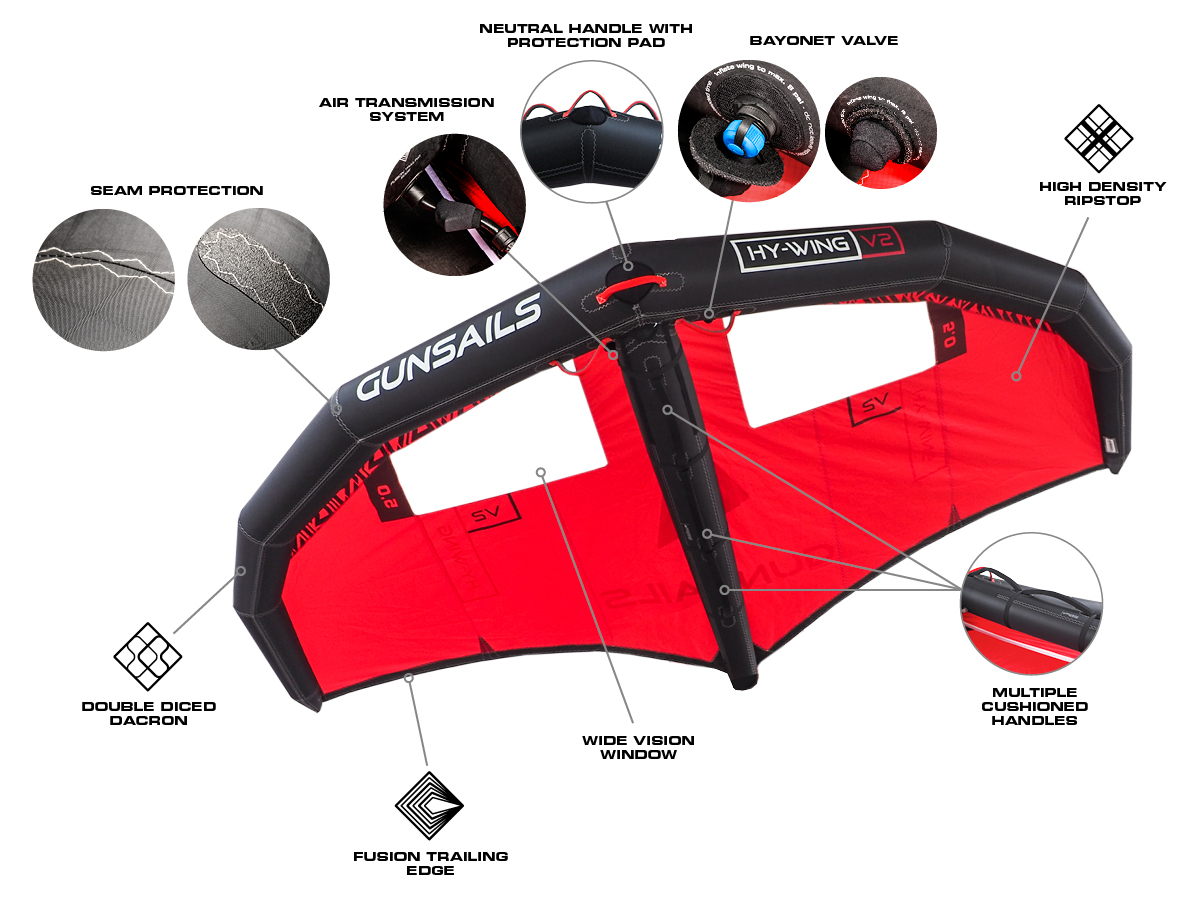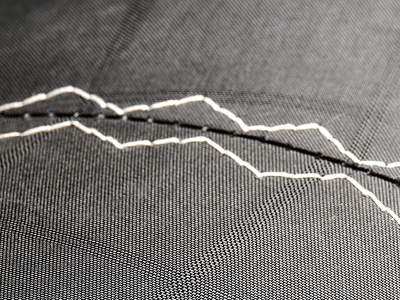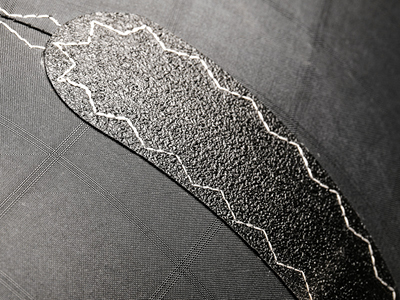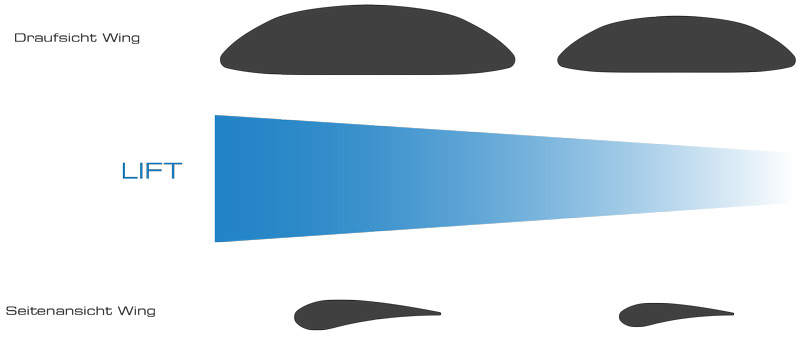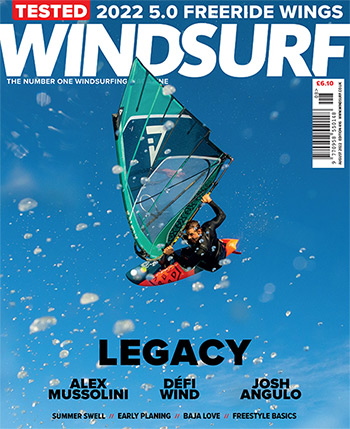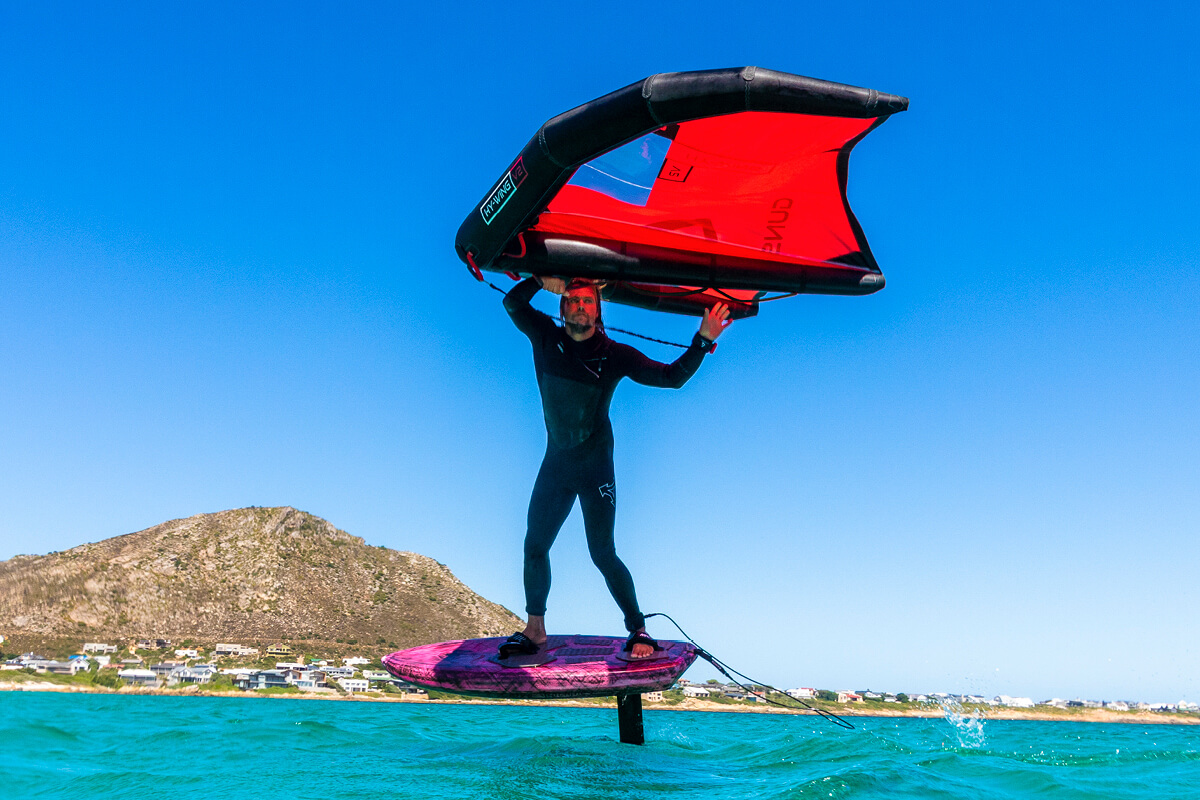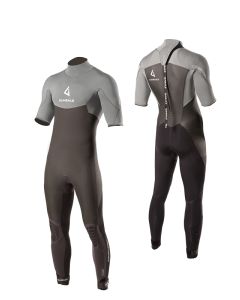HY-WING V2
After a successful debut of the HY-Series, we proudly present the HY-WING V2.
With plenty of updates the new model will continue to support the all round capabilities of the Wing and allow it to reach a new level of performance. With increased stability, effortless handling and an extended wind range it will be the ideal choice for any Wing Surfing ability.
KEY FACTS:
- Increased reactiveness due to stronger struts.
- Stiff but cushioned handles for perfect grip
- Wide wind range with excellent control
- For all skill levels
- high pumping efficiency
- Neutral Handle on the front strut
- Bayonet Valve
- Pump, Leash and Backpack included
Several magazine reviews and tests have confirmed the performance and accessibility of the HY-Wing wing and experienced its balanced and playful characteristics. With the V2 we take it to the next level.
The new stiffer and slightly bigger cushioned handles do contribute to the effortless handling and ensure the directness of the wing. By exchanging the leading edge material to a stronger double diced dacron material the Wing has increased its responsiveness and wind range. The therefore augmented stability of the strut framework holds the profile precisely in shape and supports the control and reactivity throughout the whole wind range.
With an adapted window geometry the visibility during flight has further improved increasing the overall safety. With small reinforcements in the right places the HY-WING V2 has also increased its durability while staying one of the lightest wings on the market.
From your first flight attempts to explosive jumps, the HY-WING V2 will be your reliable and performing companion and will elevate your wing surfing.

TECH SPECS
| Size m² |
Wind range* Kn |
Height m |
Span width m |
Weight Kg |
Price EUR |
| 3.0 | 25-45 | 1.6 | 2.55 | tba | 699,- 499,- |
| 4.0 | 14-30 | 1.9 | 3.03 | 2.10 | 739,- 539,- |
| 5.0 | 10-25 | 2.1 | 3.34 | 2.37 | 789,- 579,- |
| 6.0 | <10 | 2.3 | 3.71 | 2.62 | 859,- 599,- |
*The specifications are based on a wingsurfer with a body weight of 75 kg. Who is significantly heavier or lighter takes the next larger or smaller size.






